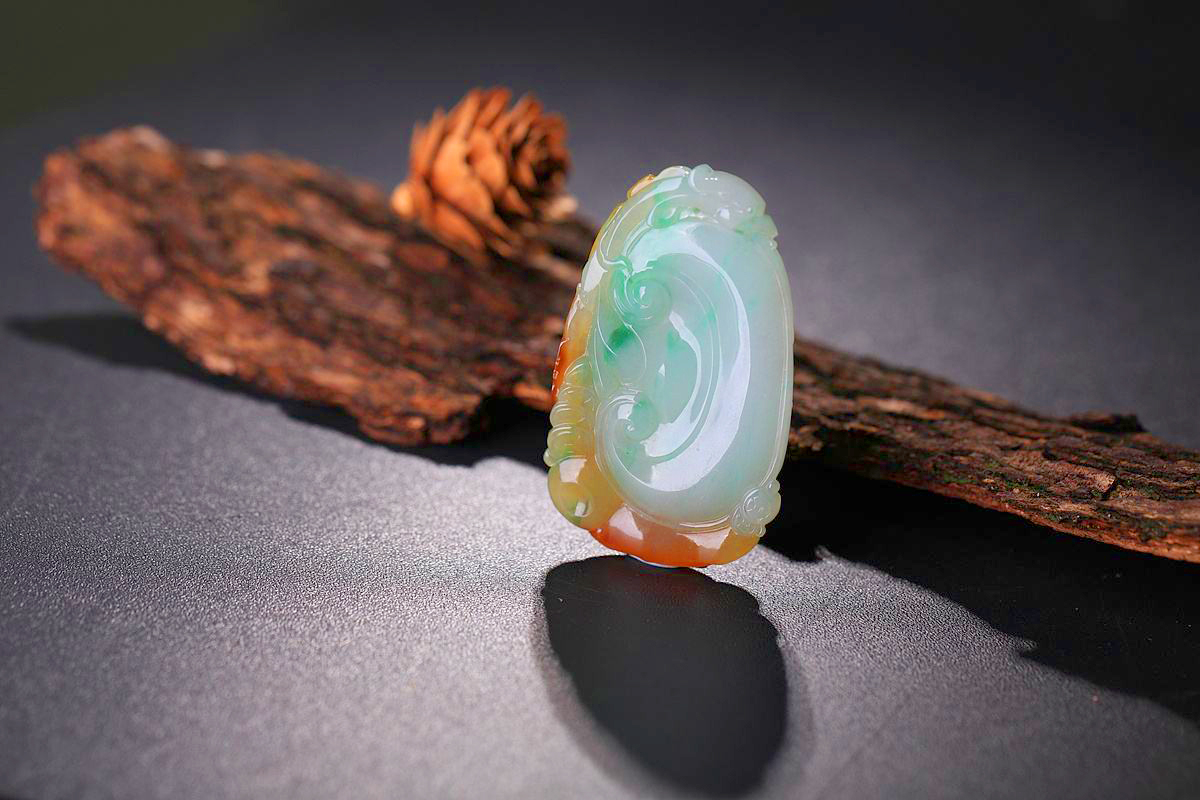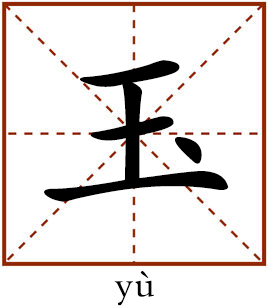Virtues of jade in Chinese culture

Ancient Chinese hung jade pedants on their clothes because jade is the embodiment of virtues in China.

Yu (jade) is seen in Chinese culture as the embodiment of virtue. Sharing the same component “王”, a variation of “玉”, scores of Chinese characters about jade including 瑜(yu), 琼(qiong) and璋(zhang) were frequently chosen by Chinese people as their name.
According to archaeological and historical studies, Chinese jade ware originated in primitive society in the early Neolithic age. As one of the first countries in the world to use jade and continuously developed jade culture, China has used jade for more than 8,000 years, earning the reputation as “a country of jade.”
Ancient Chinese people idolized jade because it has the aesthetic beauty of softness, translucence, a clear texture and solidness as well as practical functions.
Jade is considered to have absorbed the quintessence of the sun, the moon, the mountains and the rivers as well as all the fine virtues of humanity. It has become a metaphor for the moral status of a person.
Influenced by the mentality of “making analogies between the traits of an object and the virtues of a person,” Chinese aristocrats and intellectuals advocated moral ideas, for example, “A virtuous person is like a jade” and “A gentleman compares the virtues of a person to the traits of a jade.”
The Book of Rites compares the color, brilliance, texture and shape of a jade to human virtues such as de (virtuousness), ren (benevolence), zhi (intelligence) and yi (righteousness). As a result, theories that indicate that a jade has five, nine or eleven virtues became popular among the public.
Jade is the embodiment of a virtuous person who has a high moral sense and regulates his or her behavior. The beauty of jade is a natural one. It projects a profound, soft, introverted and glamorous beauty. Therefore, jade represents an aesthetic philosophy because jade is outwardly mild and soft, while, essentially, strong and unyielding.
Jade represents virtues and virtues were best embodied in jade. Hence, jade virtues became a spiritual pillar of social development in ancient China. The doctrine that “A virtuous person is like jade” was further inherited and developed. Chinese people in ancient times used jade as a token of credit or love. It was also used as another method of admiring virtue.
The perseverance, mildness and exquisiteness of jade resemble the fine virtues of humanity. The sayings “as mild as jade” and “as pure as jade” express the highest admiration for a person. As the embodiment of a virtuous person, jade is an unsullied object and a synonym for virtue. Jade is the vivid embodiment of Oriental spirit as well as the material basis of the quintessence of Chinese culture.
When appreciating jade, ancient Chinese valued, first of all, the virtues it represents. The natural sheen and texture were a secondary consideration. Thus, the jade transformed from purely an ornament into a symbol of ethical personality that has practical functions and shows the aesthetic beauty and cultural literacy of its owner.
Archaeologist Guo Baojun (1893-1971) commented on Chinese jade culture by saying that [Chinese people] give moral status to jade by endowing it with philosophical qualities, made it a religious symbol by endowing it with traits of ying and yang, and made it a political symbol that represents the status of its owner.
Jade culture shows the national spirit of China. The saying “One would rather be broken jade than be intact earthen ware” shows the patriotism of Chinese people in the face of national calamity. The saying “Replacing such weapons as gan and ge with [national gifts of] jade and silk” shows the emphasis on solidarity and amity. The craft of jade processing and the ideas and rules of using jade form a unique Chinese jade culture.
